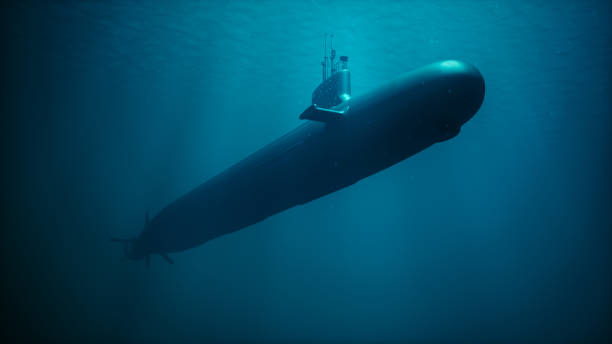Introduction
Immersed bodies, also known as submerged bodies, are objects or structures that are partially or completely immersed in a fluid, such as water or air. In this SEO-optimized article, we will explore the concept of immersed bodies, their behaviour, factors affecting their interaction with fluids, real-world applications, and their significance in different fields. Understanding immersed bodies provides valuable insights into fluid dynamics, buoyancy, and design considerations.
Defining Immersed Bodies
Immersed bodies refer to objects or structures that are placed in a fluid medium, with a portion or the entire body submerged. These bodies can vary in shape, size, and material composition, and their behaviour is influenced by factors such as fluid properties, body geometry, and the surrounding environment.
Behaviour of Immersed Bodies
a. Buoyancy: Immersed bodies experience a buoyant force, which is the upward force exerted by a fluid on the body. The buoyant force is equal to the weight of the fluid displaced by the body and plays a crucial role in determining the body’s stability and equilibrium.
b. Fluid Resistance: Immersed bodies moving through a fluid experience resistance due to the drag force exerted by the fluid. The magnitude of the drag force depends on factors such as the body’s shape, size, velocity, and the viscosity of the fluid.
c. Hydrostatic Pressure: Immersed bodies are subjected to hydrostatic pressure, which increases with depth in a fluid. The hydrostatic pressure acts on all surfaces of the immersed body, exerting forces that vary based on the shape and orientation of the body.
Factors Affecting Immersed Bodies
a. Fluid Density: The density of the fluid in which an object is immersed affects the buoyant force and the overall behaviour of the immersed body. Different fluids have different densities, resulting in varying degrees of buoyancy and fluid resistance.
b. Body Shape and Geometry: The shape, size, and orientation of immersed bodies influence the distribution of fluid forces and the resistance experienced during fluid interaction. Different body shapes have varying levels of drag and buoyancy characteristics.
c. Fluid Viscosity: The viscosity of the fluid determines its resistance to flow and affects the drag experienced by immersed bodies. High-viscosity fluids, such as thick liquids, offer more resistance to motion than low-viscosity fluids like air.
Real-World Applications
a. Shipbuilding and Maritime Industry: Immersed bodies play a crucial role in shipbuilding and the maritime industry. Understanding the behaviour of immersed bodies helps in designing efficient hull shapes, optimizing buoyancy and stability, and minimizing drag for ships and submarines.
b. Aerospace Engineering: Immersed bodies are relevant in aerospace engineering, especially in the design of aircraft wings and fuselages. Knowledge of fluid dynamics around immersed bodies aids in enhancing aerodynamic performance and fuel efficiency.
c. Civil Engineering: Immersed bodies are encountered in civil engineering projects, such as bridges, dams, and offshore structures. Understanding their interaction with water or other fluids is vital for designing robust structures that can withstand fluid forces and maintain stability.
d. Environmental Studies: Immersed bodies and their interaction with fluids are of interest in environmental studies. They influence water quality, pollutant dispersion, and the behaviour of aquatic ecosystems.
Significance in Different Fields
a. Design Optimization: Understanding the behaviour of immersed bodies allows for optimized design considerations in various industries, ensuring efficient performance and safety.
b. Fluid Dynamics Research: Immersed bodies serve as valuable test cases in fluid dynamics research, providing insights into flow patterns, turbulence, and drag reduction strategies.
c. Safety and Risk Assessment: Knowledge of immersed bodies is crucial for safety and risk assessments in water-related activities, such as swimming, boating, and underwater construction.
Conclusion
Immersed bodies are integral components in fluid dynamics and engineering. By understanding their definition, behaviour, factors influencing their interaction with fluids, real-world applications, and significance in different fields, we gain valuable insights into fluid dynamics, buoyancy, and design optimization. Immersed bodies find applications in shipbuilding, aerospace engineering, civil engineering, and environmental studies. Embracing and applying the principles of immersed bodies empower us to design efficient structures, optimize performance, and contribute to advancements in various domains involving fluid dynamics and interactions.



